Agitated Copper Leaching & Cementation Process
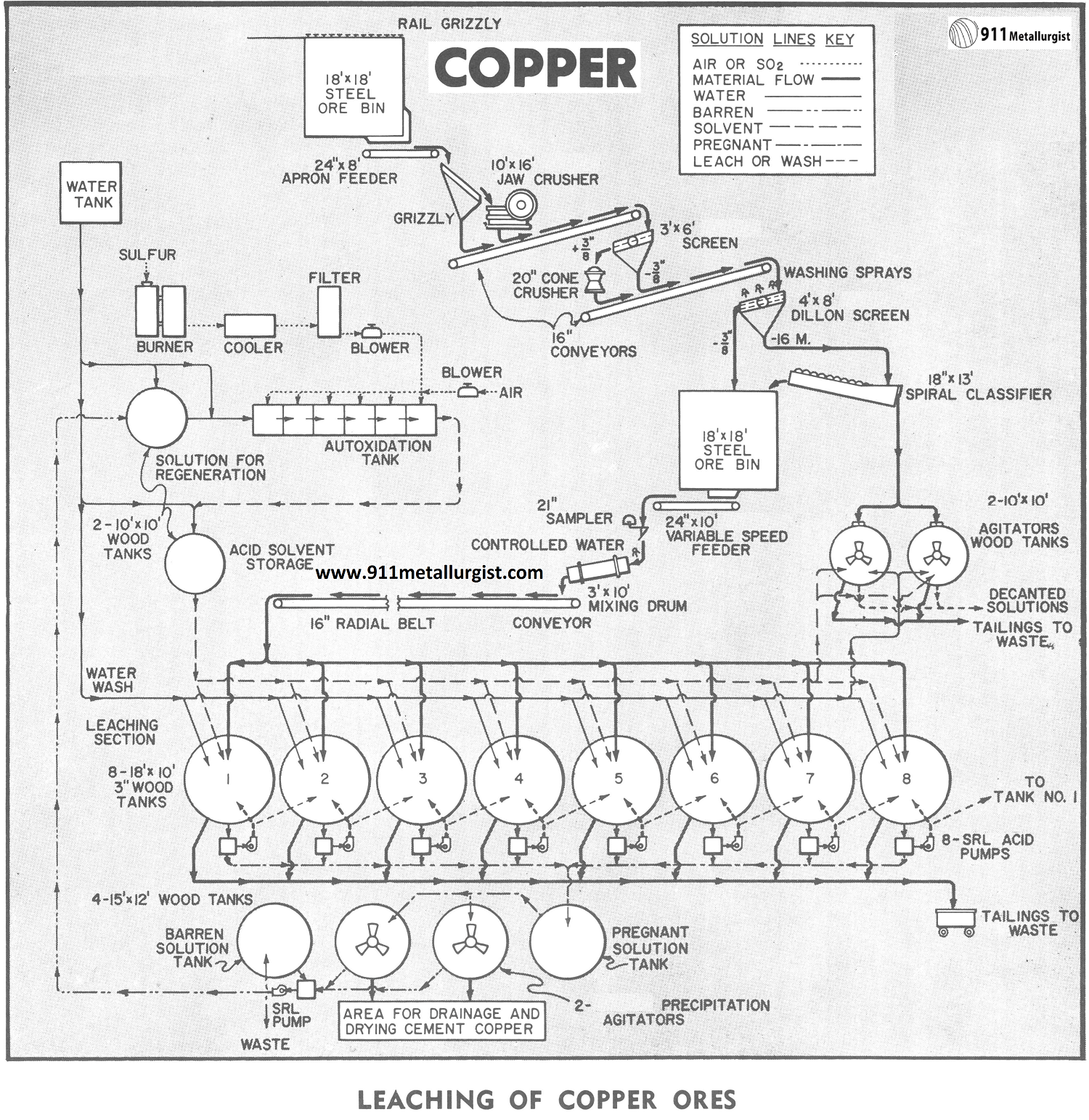
Copper Agitated Leaching and cementation process of copper problem: The treatment of copper ores, both oxides and sulfides by means of flotation, hydrometallurgy or other processes has been well established for many years. Flotation has been applied generally to the treatment of sulfide ores, both in small and large scale operations. Hydrometallurgical methods alone or in combination with flotation have […]
Chalcopyrite (Cu) Sphalerite (Zn) Separation by Flotation
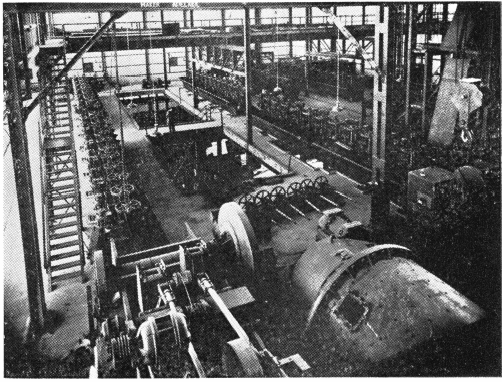
The Problem with separating Copper from Zinc by flotation The treatment of heavy sulphide ores of copper containing zinc and pyrite is often extremely difficult particularly if soluble copper and sulphates are present. This is usually the case in ore deposits near the surface or in tropical countries where the annual rainfall is quite high. The […]
Mineral Processing and Extractive Metallurgy Methods
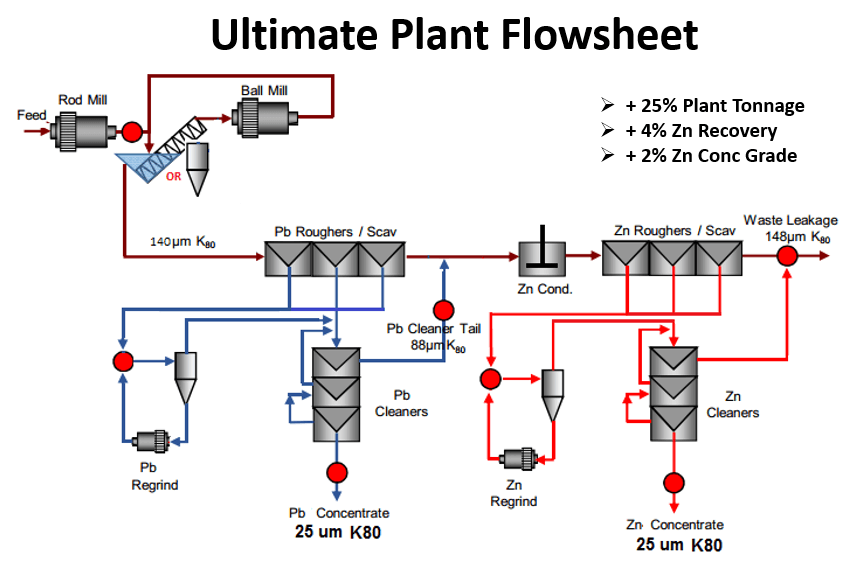
A successful search for and development of a new mineral deposit rests not only in its discovery but also in economical processing of the ore. Via the Science of its engineering, Mineral Processing and Extractive Metallurgy allows the evaluation of metal recovery Methods laid-out or expressed as a process flowsheet. The challenge of discovery and development, […]
Copper Sulfide Flotation
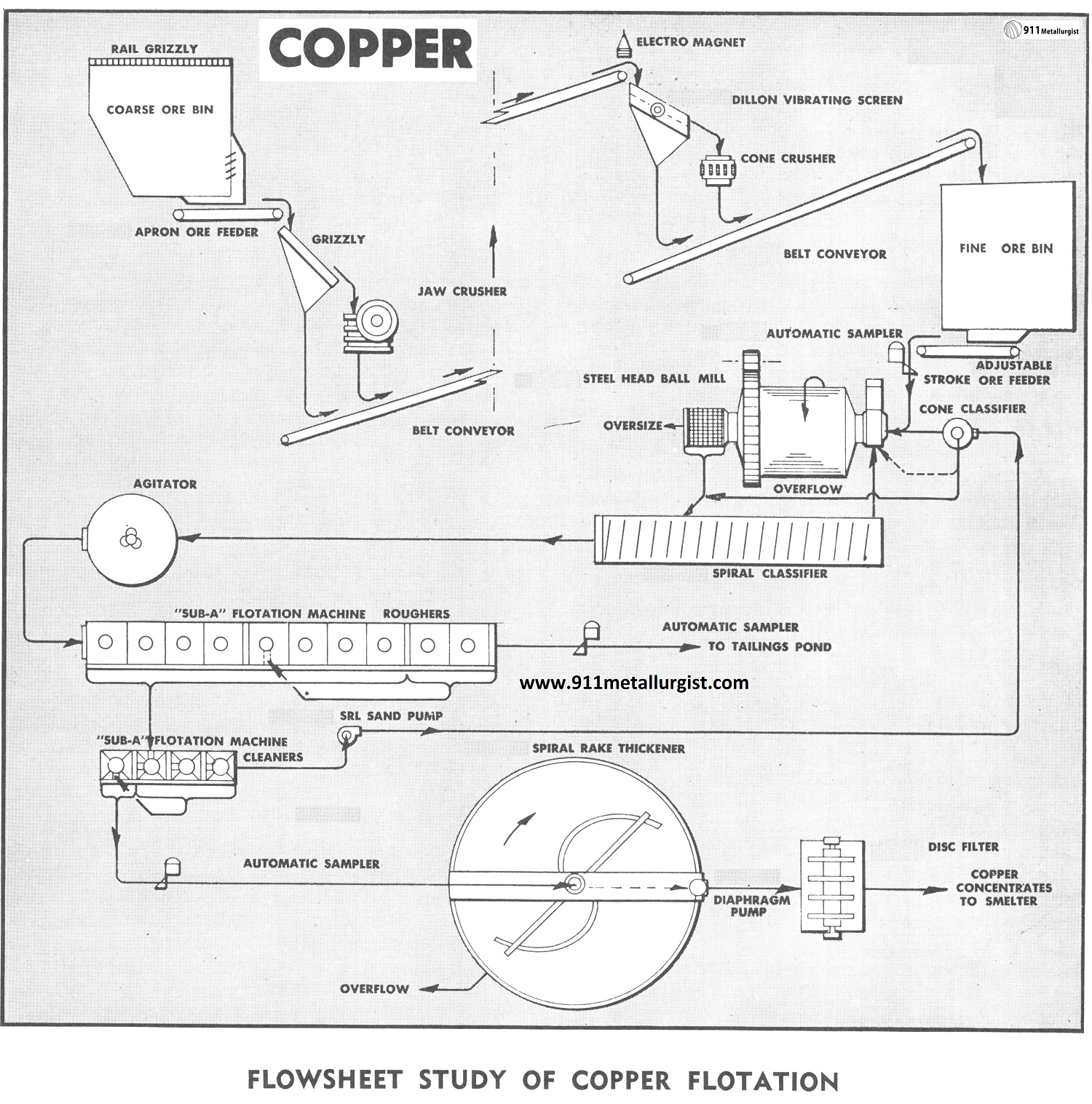
Copper Sulfide Flotation Circuit Beneficiation of Copper Sulfide by Flotation Copper, due to the present world demand and price, is of foremost interest to the mining industry. Many new properties are either in the process of being brought into production or are being given consideration. Copper minerals usually occur in low grade deposits and require […]
Designing a Conveyor System
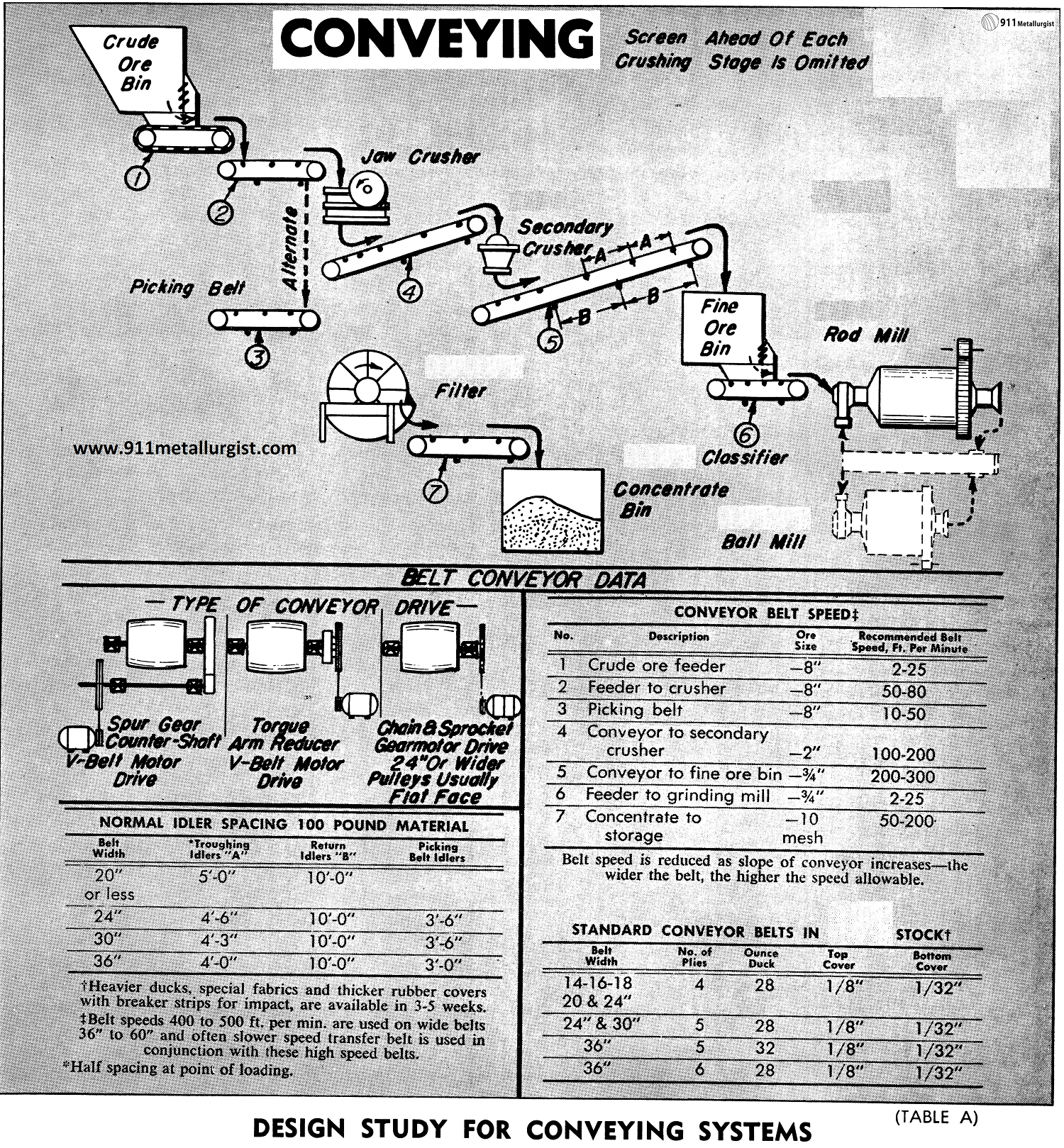
The Problem with Designing a Conveyor System The designer of belt conveyors is often faced with problems of determining the proper belt speeds, belt widths, number of plies in the belt, and idler spacing for conveyors employed in various parts of a mill. Equipment Company offers the following data and tables, based upon many years of […]
Coal Beneficiation Process Diagram
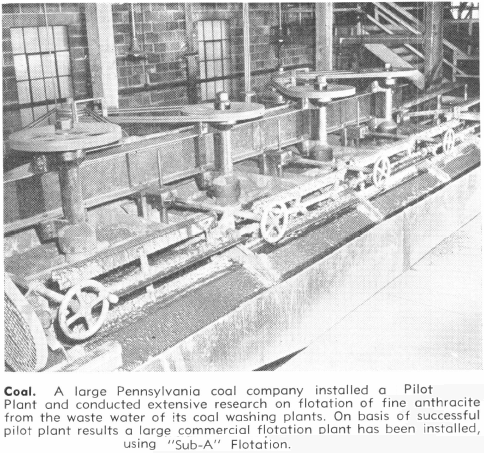
The Problem with Coarse and Fine Coal Beneficiation Economic and operating conditions make it important to provide a simple, low cost, efficient method for recovering fine coal from washery waste. Not only is the water pollution problem a serious one, but refuse storage and disposal in many areas is becoming limited and more difficult. Many breakers […]
Chromite Beneficiation Process
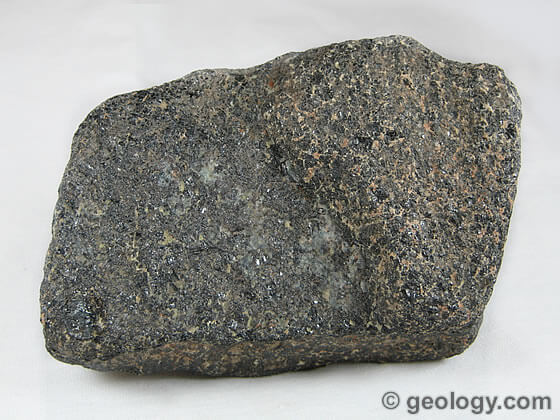
The Problem with Chromite Processing Experience indicates that chrome ores are concentrated to best advantage by gravity methods. Since recoveries are generally very poor in the fine sizes, the gravity flowsheet must be designed to remove the chrome as soon as liberated by crushing and grinding. For example, if the chrome is not entirely freed […]
Calcite Processing by Flotation for Beneficiation
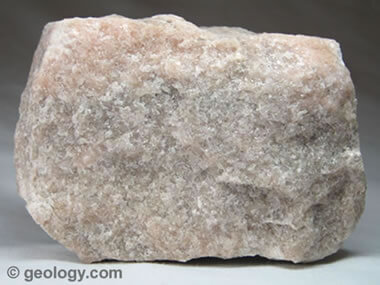
The Problem with Calcite Processing & Flotation The availability of high lime rock is often limited and it becomes necessary to use lower grade sources from quarries favorably located to cement plants. Beneficiation of the lime rock in such cases is necessary to remove impurities and to secure the proper ratio of calcite to other […]
Beryllium Extraction and Beneficiation
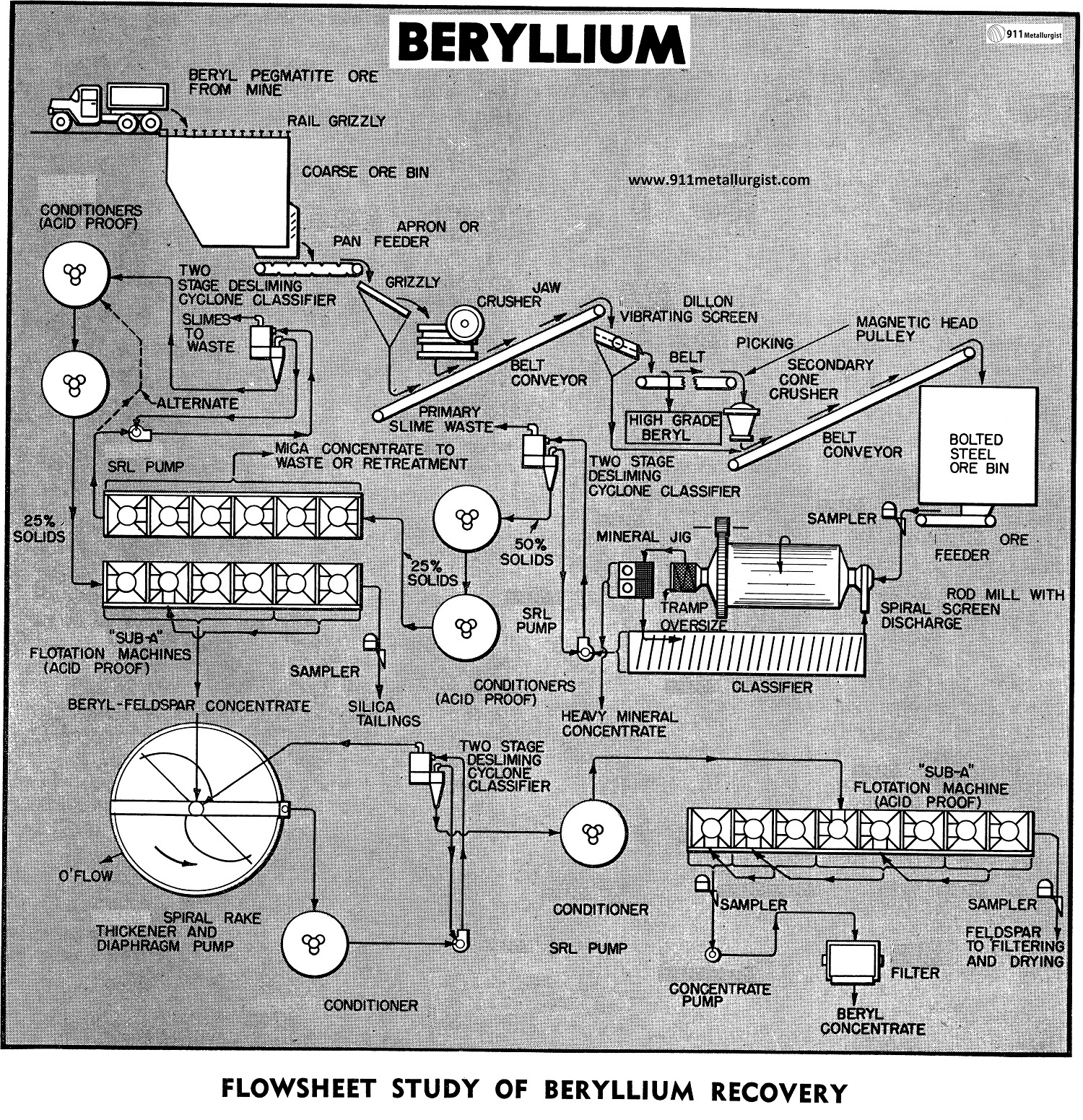
Beryllium Processing & Extraction Problem Beryl, the principal Beryllium mineral, is found generally in pegmatites associated with mica, feldspar, and quartz. Its specific gravity is almost identical to quartz and feldspar, thus ruling out the possibility of gravity separation methods. Beryl is harder than quartz. Most of the production of this mineral in the past has been […]
Dry Grinding & Coke Grinding
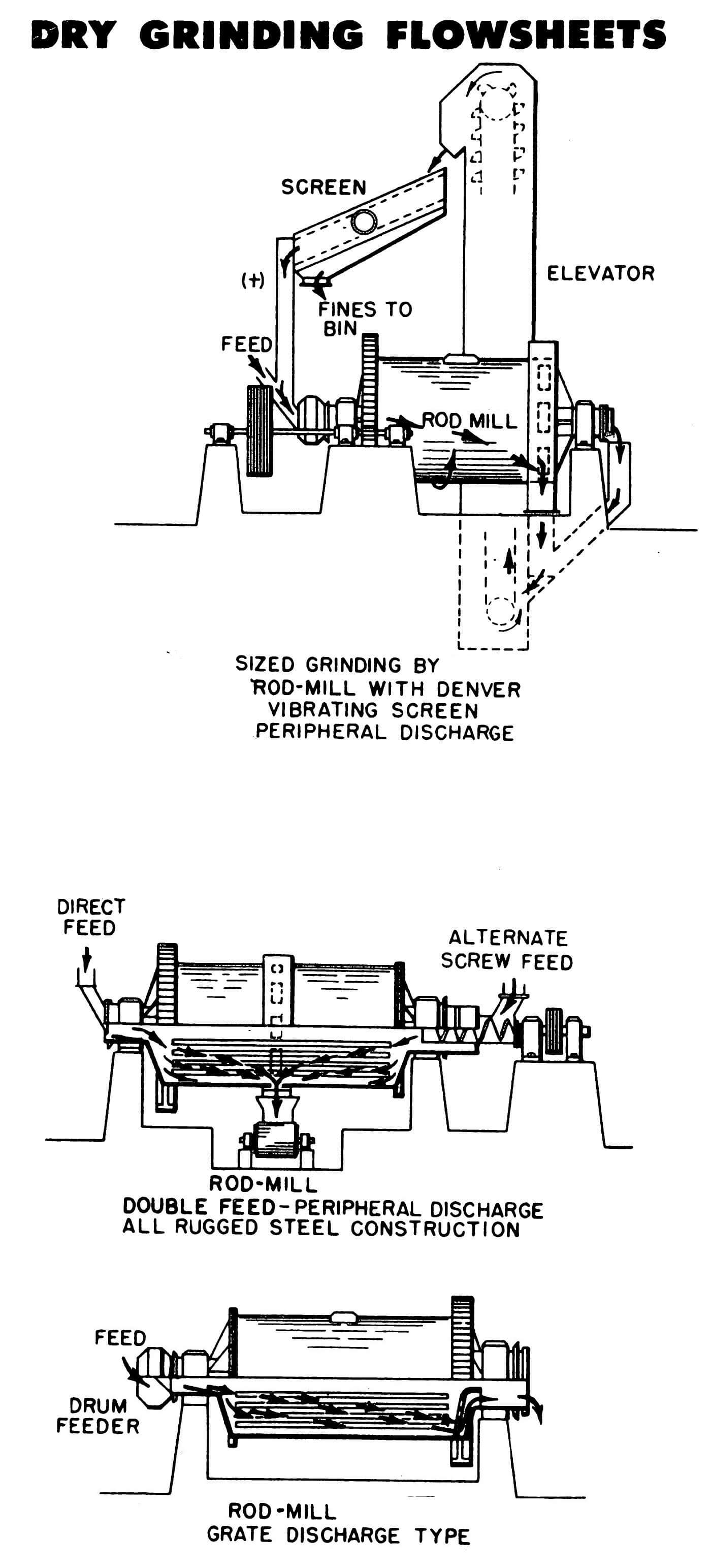
A Open End, End Peripheral Discharge, CPD Rod Mills and Grate Discharge Ball Mills are particularly efficient for dry grinding. Such materials as limestone, cement clinker, gravel, phosphates, clays, gypsum, oil shale, terra cotta mixtures, coal and coke are economically reduced in size through their use. Many such applications indicate the use of open circuit […]
